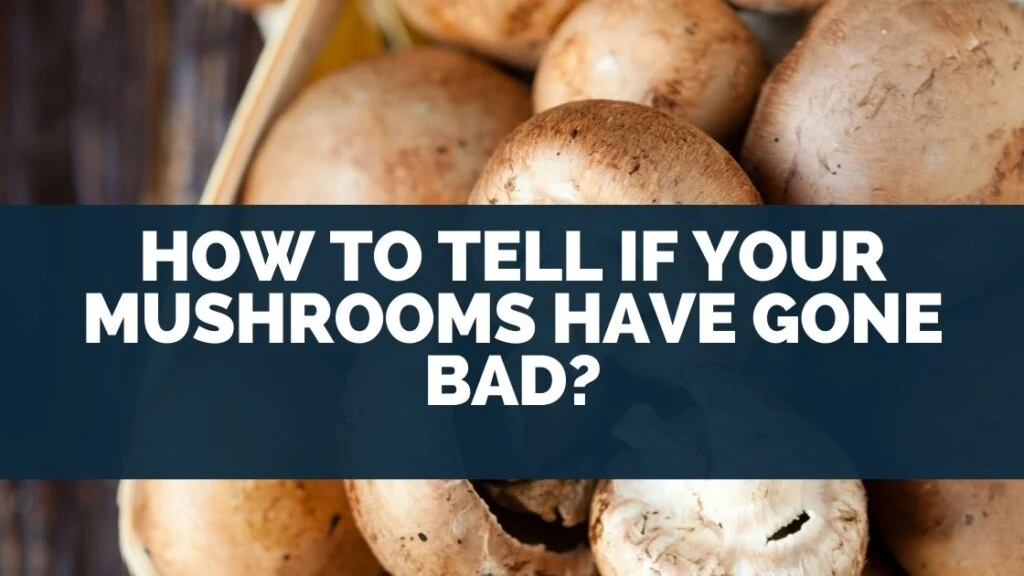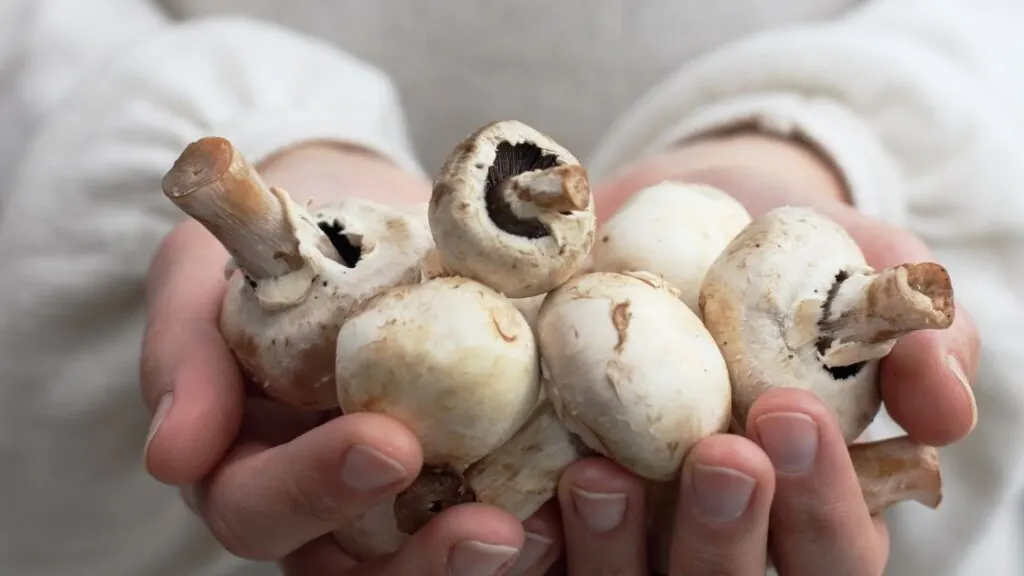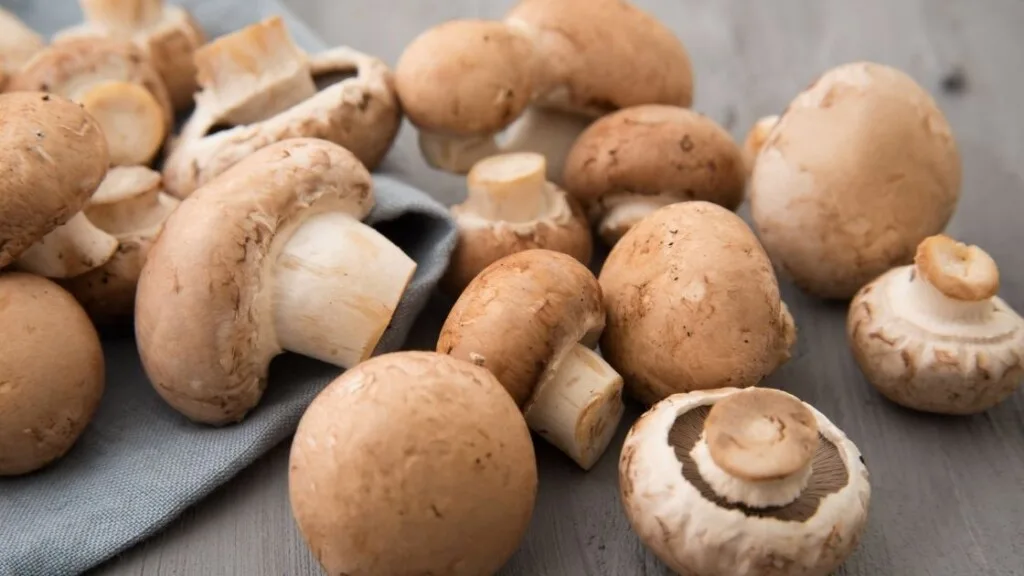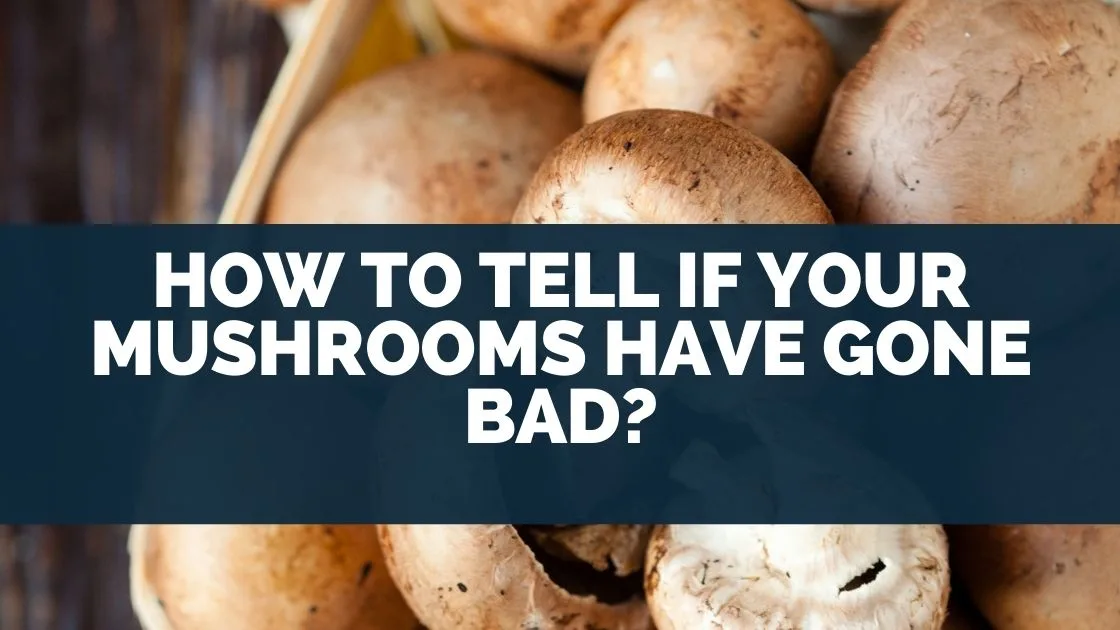
Mushrooms are thought of as bad food by many people. Because they are one of the few foods we eat that isn’t either plant or animal.
However, more and more people have become interested in cooking and eating mushrooms as time has gone on.
Because they have a lot of nutrients and aren’t very high in calories, they go well with a lot of different kinds of food.
Some people are afraid to try them because some species are toxic, unappetizing, or have hallucinogenic properties. Isn’t it possible that you think that if your store-bought mushrooms go bad, it will ruin your day? In a good way, this isn’t true, though.
However, if the mushrooms are contaminated, they can make you very sick. If you buy or grow your own mushrooms, the chances of this happening are very low.
In the oven, they become even less dangerous. Nonetheless, it’s a good idea to take steps to avoid eating food that has been spoiled or rotten.
You don’t want to take any chances.
This article covers tell-tale indicators if mushrooms are not good and provide suggestions on how to store them properly to keep spoilage.
Table of Contents
How to Tell if Mushrooms Are Bad?

The following are some obvious and not-so-obvious signs on how to tell if mushrooms are bad. Keep your fungi, cook it, or throw it away. Make the best decision you can, but be careful.
It has a slimy texture.
When it comes to determining the freshness of mushrooms, the general rule is that when they become slimy, they are no longer edible. Mushrooms that have been refrigerated for a long time will be very slimy. Even though they aren’t dangerous right now, it’s still a good idea to get rid of them.
It has wrinkles.
Mushrooms that are older may not become slimy, but they may dry out and wrinkle. This is because they are getting older. Because mushrooms are naturally moist, you can let them dry out a little. You don’t want them to become too wrinkled. If they look shriveled, it’s better to throw them away than eat them.
It is darkening or developing dark spots.
Dark spots on your mushrooms mean that they are going bad. The best thing to do is to keep an eye on your mushrooms while they are in the fridge. Make sure you use them or you’ll have to give them away.
It’s been around for at least two weeks.
There is a general consensus that mushrooms can be kept in the refrigerator for two weeks at a time. You should, of course, be careful and use common sense. You may want to eat them if they look and smell normal after a little over two weeks.
It has a bad smell.
Your mushrooms should not have an overpowering or unique smell. It is bad if you can smell them. If you put your nose up to them, you’ll smell mushrooms. It should be light and subtle. The mushrooms are bad if you have to turn your head to pick up the bag, open it, and then close it again. Remove them now!
It is soft or spongy.
Mushrooms should be firm, springy, plump, and light in texture when they are still very young and fresh. Never spongy or malleable, and never soft.
If your mushrooms are soft, soggy, spongy, or floppy, they should not be eaten. They have gone bad and should not be eaten.
It is moldy.
If mushrooms are kept in a wet place for a long time, they may become moldy. Moisture is the number one enemy of mushrooms.
Keep things as dry as you can to keep bacteria and mold from growing on them, which can make them smell bad and spread. The mold will spread quickly if there is only one bad mushroom in a jar. Remove it right away to stop the mold from spreading.
If the other mushrooms are not moldy, you can cook them and eat them in a day or two.
If your mushrooms, on the other hand, show any of the other signs of a bad batch, you should throw them away.
How Long is the Shelf Life of Mushrooms?

Most chefs and experts agree that raw mushrooms can be kept in the fridge for up to two weeks before they go bad. It’s true that some types of mushrooms will last longer than others, but other types will go bad more quickly than other types. Other things, like the temperature of the refrigerator and how much moisture there is, can also affect how long mushrooms stay fresh.
Proper Way to Store Mushrooms

What are the best ways to preserve mushrooms for long shelf life? Here are some storage suggestions to help you get the most out of your fungus before it spoils.
Allow them to breathe.
Keep mushrooms in an open container with a lot of ventilation. Refrigerating them in a paper bag and leaving the top loose is a common storage technique.
Use plastic bags and paper towels.
Another way to store mushrooms is to put them in plastic bags lined with paper towels to help them dry out. Towels should be changed often if you don’t plan to use the mushrooms right away. It’s a good idea to try them in a lot of different dishes to make sure they’re eaten before they go bad!
Keep them in their sealed packaging until you’re ready to use them.
One of the best ways to store them is to keep them in their original sealed containers or bags. The plastic wrap on the cardboard tub makes it so you don’t have to move them to another container when you get them home. Wait until you’re ready to use them to open them or mess with them.
Place them in the freezer.
It is possible to store mushrooms for later use by putting them in the fridge. However, because mushrooms have a lot of water in them, it’s hard to freeze them raw and keep them fresh. The best way to freeze them is to cook them first, then put them in air-tight containers or freezer bags to keep them fresh.
To know more on how to freeze mushrooms click here.
Final Thoughts
When picking mushrooms or buying them, make sure they aren’t past their best. Fresh mushrooms should be big and firm, uniform in color, and dry, with a mild earthy smell.
They should also be plump and dry. They can stay in the fridge before going off up to seven days after you buy fresh mushrooms.
However, because mushrooms are so tasty and versatile, you’ll find a way to use them before they go bad, even if you don’t like them.
It isn’t a good reason not to eat mushrooms because you are afraid they are spoiled. Use common sense, look for obvious signs, and enjoy the texture and nutrition that these tasty fungi and leafy greens can add to your recipes!
To know how to store leafy green properly click here and if you want to know how to spot if leafy greens are bad you can check out this link.


Leave a comment